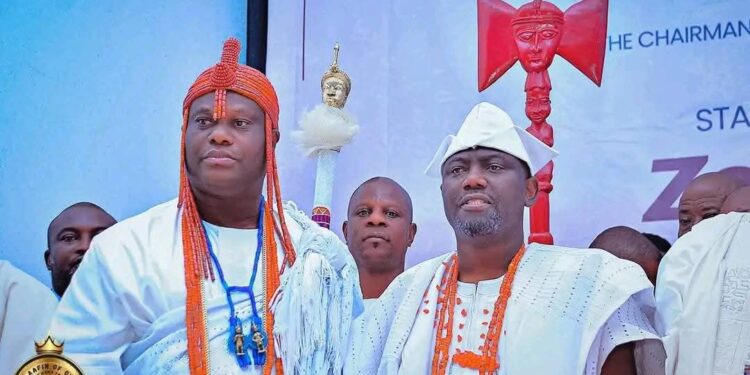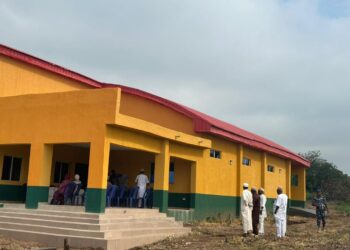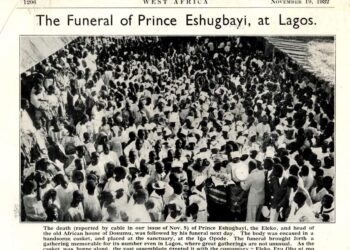Dark Subjects, by H. L. Ward-Price (1939); Pg. 237-238
My own experience with Benin was confined to a short visit to inquire into the system of land-tenure. Apart from the remains of the massive town wall and ditch, there is not much of interest there except what is left of the old palace. Towards the end of the nineteenth century, when Benin was known as the ‘city of blood’, on account of the dreadful and numerous sacrifices and murders that took place there, the palace must have been an imposing and sinister institution.

The late Oba, or ‘king’, of Benin, showed me over a part of it. We went around alone, except that he was accompanied by a small boy. It was the regular custom for boys to carry swords in front of chiefs as part of their regalia, and, though sometimes seventeen or eighteen years old, they were forbidden to wear any clothes at all. But at last some prim British lady, when stationed at Benin, threw a puritanical fit, which resulted in this hitherto practically unnoticed custom being abolished ‘on account of the white woman’. All such customs have their roots in the past, and mean something; but that thought seldom seems to worry Europeans much.
The Oba was annoyed, at the time of my visit, with the Government authorities. They had sent a policeman, he said, to dig the ground inside his palace in search of the body of a missing woman, suspected of being murdered by him or his underlings. Did I consider this decent treatment? he asked. If I had murdered a woman, would I be such a fool as to bury her on my own doorstep?”
Following the Oba I went into a heavy Iroko door, which opened into a long, narrow, corridor-like room, with a tall window at the other end. He showed me a brass crucifix which was attached to a cord around his neck, and said that every morning at dawn he entered this place alone and waited for the first rays of day to illumine the window, when he pressed the crucifix to his forehead, and prayed for the Oni of Ife, the Alafin of Oyo and the Oba of Benin (that is himself); after which he prayed for all the other Yoruba kings. This had for long been the custom, he said, whether the Oba was a Christian or not; and very few of them had been, during the last couple of centuries. The habit was no doubt formed while the Roman Catholic missionaries were at Benin hundreds of years ago.
You can get every of our news as soon as they drop on WhatsApp ...To get all news updates, Join our WhatsApp Group (Click Here)







